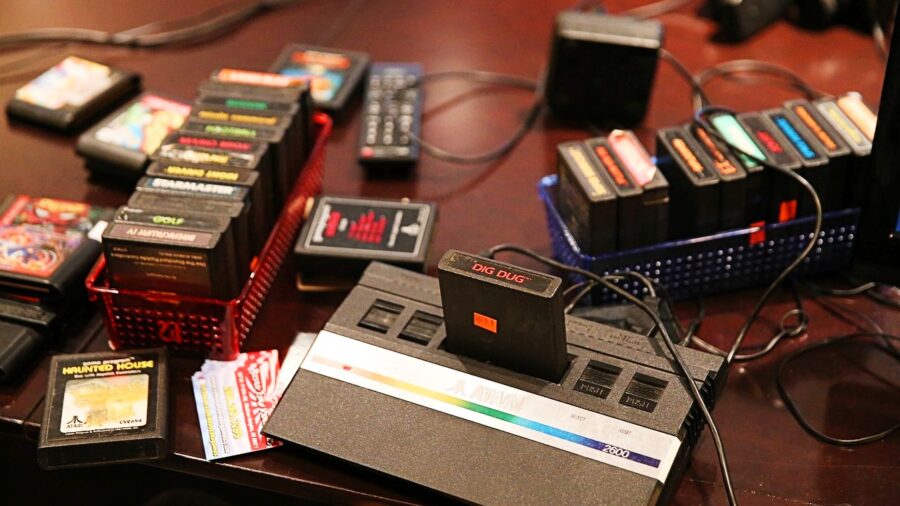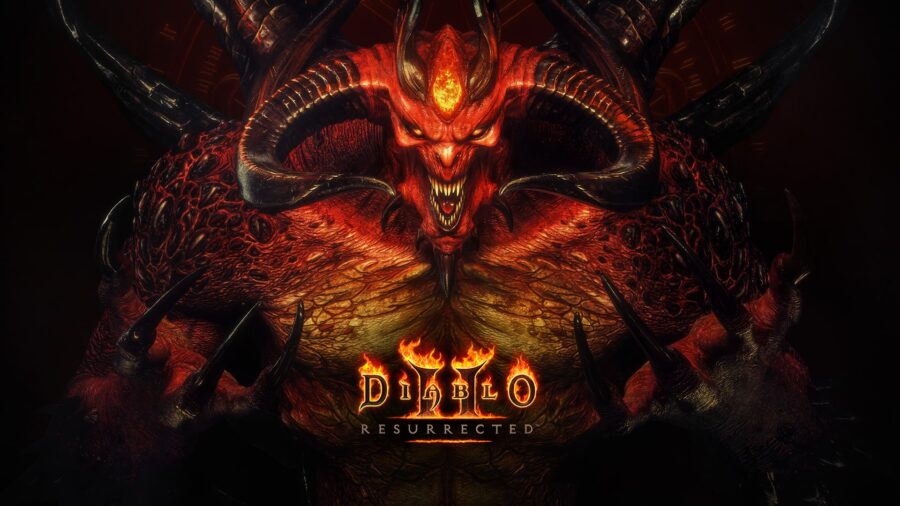Almost 90 Percent of Classic Video Games Are Lost, Here’s Why

Despite being the highest-grossing entertainment industry in the past decade, gaming is dying; the number of games killed off one way or another is, and forever will be, greater than the number of games that have witnessed their release or stood the tests of time, and almost 90% of classic video games are now lost thanks in part to digital games.
According to a study published by The Video Game History Foundation (VGHF) in collaboration with the Software Preservation Network that is available to read in full at Zenodo, more than 87 percent of classic video games might be lost forever due to their widespread commercial unavailability.
“Classic,” in this case, has been defined as all games released before 2010, which the VGHF notes as the year in which digital game distribution launched. VGCF has a few ideas on how to preserve the games that are currently endangered.
This is truly somewhat of a problem we previously discussed here at GFR. Even the gaming developers realize that they’re running out of ideas, and they’re massively turning to remakes of their most popular IPs, which isn’t bad in itself.
However, most remakes are just that, remakes, which implies a completely different print, which ultimately makes them into a gaming release that’s actually separate from the original. The exception to this rule would be remasters of classic video game titles since they’re mostly about updating the gaming engine and graphics.
Blizzard generally had a good idea with the Diablo 2, and Warcraft 3 remasters; the game narratives and mechanics were left unchanged from their original form, but the graphics have been updated to reflect modern industry standards.

But the fact remains that the majority of classic video game originals have been lost to time, and those that have been preserved somehow aren’t really playable on modern systems. So, this leaves us with a few options: either seek out and maintain classic video games as collectibles, along with their platforms, or turn to piracy and emulation.
Most remakes are just that, remakes, which implies a completely different print, which ultimately makes them into a gaming release that’s actually separate from the original.
Furthermore, the DMCA laws prevent people from making and distributing copies of DRM-protected digital work, and the US Copyright Office made a few exemptions that allow libraries and researchers to archive digital material; the sad truth is that video games have been left out.
Buying vintage games and hardware is becoming increasingly expensive, and maintaining a massive collection requires both space and time. Piracy and emulation seem like logical choices, but with companies such as Nintendo suing people over a 30-year-old title that isn’t commercially available, even those options aren’t viable.
Let it be known: we don’t condone piracy. But let’s consider the Nintendo GameBoy eShop shutdown. The number of classic video games that are commercially available for the platform dropped from 11 percent to a mere 4 percent the moment Nintendo pulled the plug on GB eShop.
Many of those games will remain inaccessible to those interested in gaming history. If anyone tries to share these ROMs online, Nintendo will hunt them down, and they’ll likely spend their lifetime paying for their crimes—which maybe shouldn’t be a crime in the first place if it’s cultural preservation.
Buying vintage games and hardware is becoming increasingly expensive, and maintaining a massive collection requires both space and time.
We’re not legal experts, but if Nintendo isn’t making money off 1986’s Kid Icarus, a classic video game franchise that isn’t commercially available anymore, and those sharing ROMs online aren’t making any money off the IP, then where’s the damage?
Copyright Laws Effect On Classic Gaming
So, we’re never going to recover the 87 percent of games that were lost in time until copyright laws change or the powers that be allow VGHF and SPN to take pirated copies and archive them for preservation and study. The ESA—Entertainment Software Association—is firmly against all preservation efforts, stating that there’s a strong re-issue market.
And they’re not wrong, but the downside of their argument is that the re-issue market only covers about 13 percent of classic video games that are currently available to gamers.
This study will be used in a 2024 copyright hearing, with the aim of asking for exemptions for video games. Movements such as this, or the Right to Repair, put the power back into the hands of consumers. If the hearing goes well, games that were previously rescued could find their way to commercial availability on various digital libraries.












